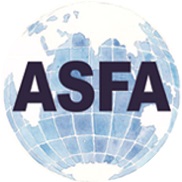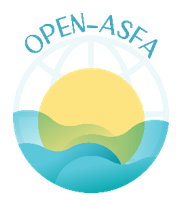Extraction du collagène à partir du byssus de la moule Mytilus gallprovincialis.
DOI:
https://doi.org/10.71754/instm.bulletin.v46.368Keywords:
Chemical extraction, Collagen, Marine molluscs, Byssus, Marine, Mytilus galloprovincialisAbstract
Mussel byssus contains collagen which gives it impressive mechanical properties combining rigidity, elasticity and high toughness. The molecular complexity of the byssus threads makes the extraction of collagen difficult and with low yields. The aim of this study is to characterize the collagen extracted from the mussel byssus . Specific pretreatments were used to improve the extraction yield. Two types of chelating agents (HCl and EDTA) and two types of denaturing agent (Guanidine-HCl and Urea) were used. At the end of each extraction test, a characterization of the molecular structure of collagen was made using Fourier transform infrared spectroscopy (FTIR) as well as an evaluation of its molecular mass by SDS-PAGE. The pretreatment with HCl seems the least efficient in terms of yield. No significant differences between the collagen extraction yields from the byssus treated with Guanidine- HCl, EDTA and Urea. The FTIR spectra of the different collagens obtained by different types of pretreatment show differences in the molecular structures of the collagen obtained, only the tests using EDTA and GuanidineHCl made it possible to obtain the molecular structures typical of collagen. The electrophoresis profile allowed us to conclude that the collagen of byssus cannot be considered as type I collagen, since the peptide fragments resistant to pepsin are all of molecular weight less than 65KDa.













